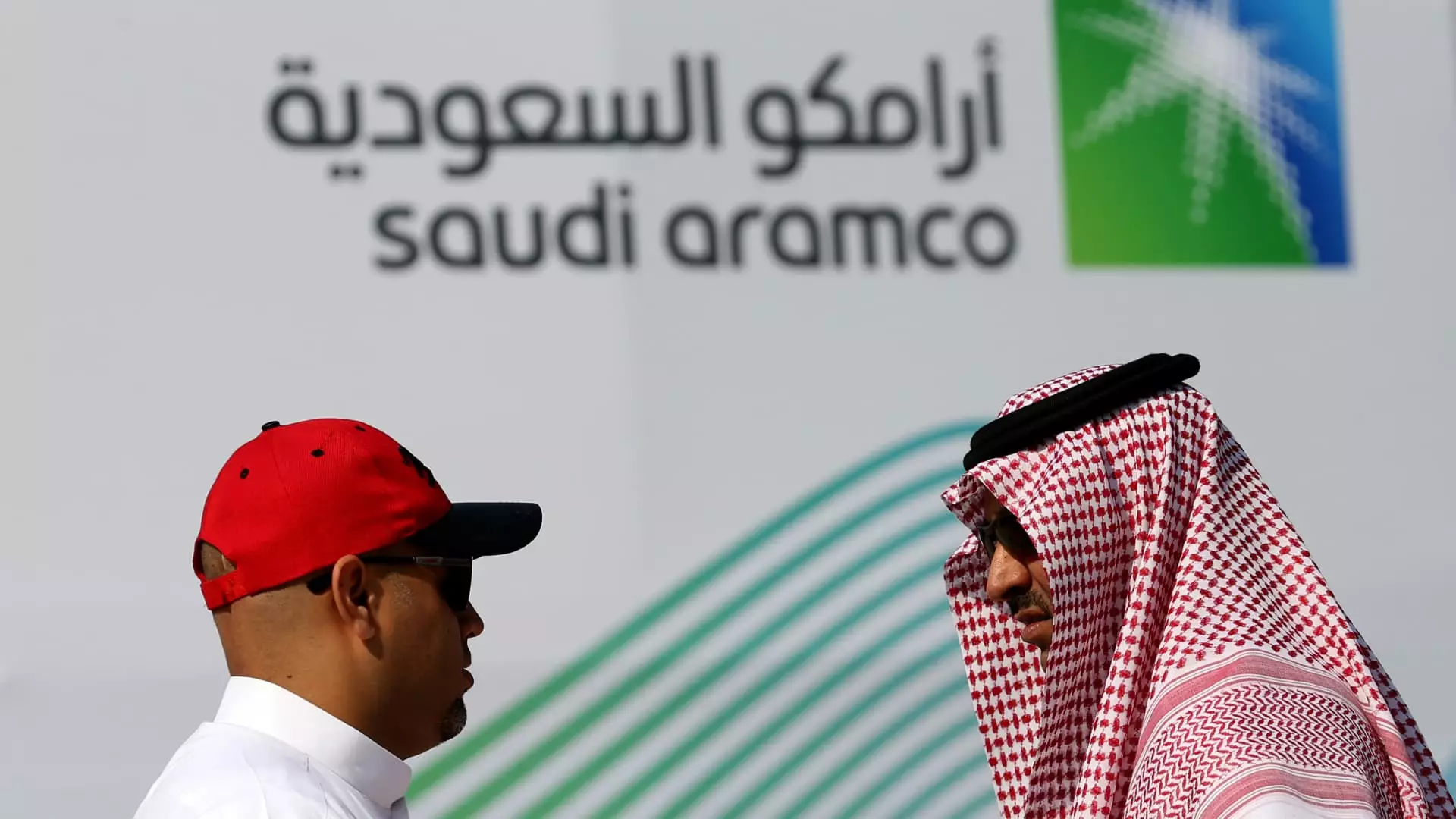Saudi Aramco, the state-owned oil giant, reported a net profit of $29.1 billion for the second quarter of the year, which marked a slight decrease of just over 3% compared to the same period last year. The company’s net income for the first half of the financial year was $56.3 billion, down from $62 billion during the corresponding period in the previous year. Additionally, Aramco posted a free cash flow of $19 billion for the second quarter, a decrease from $23.2 billion in the same period last year.
Despite the dip in profits, Aramco reaffirmed its second-quarter base dividend of $20.3 billion and announced a performance-linked dividend of $10.8 billion to be paid in the third quarter. The company expects to declare total dividends of $124.2 billion in 2024, as stated in its earnings release. Aramco’s CEO, Amin Nasser, expressed confidence in the company’s performance, emphasizing strong earnings and cash flows in the first half of the year. According to him, the base dividend is sustainable and progressive, while the performance-linked dividend shares the upside with the shareholders.
Following the financial report, Aramco’s stock price rose by 1.31% after the opening of the Tadawul, the Saudi stock exchange. Market forecasters had anticipated flat revenue for the oil company. Analysts at the Riyadh-based brokerage firm Al Rajhi Capital had predicted that Aramco’s revenue for the second quarter of 2024 would remain almost flat year-on-year due to lower production volumes offset by higher Brent prices compared to the previous year.
Impact of Oil Production Cuts and Economic Outlook
Saudi Arabia’s oil output in the second quarter was reported at 8.99 million barrels per day, according to a July OPEC report. The kingdom’s gross domestic product growth has contracted for four consecutive quarters, primarily as a result of the oil production cuts. The decline was led by an 8.5% drop in the country’s oil sector, as reported by the General Authority for Statistics. OPEC+ recently agreed to extend oil output cuts into 2025 to bolster prices amid sluggish demand growth, with the supply cuts having been in effect for nearly two years. Despite these efforts, the international benchmark Brent Crude experienced a decrease in prices, falling from the mid $80-range to the mid-$70 range in the last month. This poses challenges for OPEC member states, including Saudi Arabia, which require prices around $96 per barrel to balance their budgets, as estimated by the International Monetary Fund.
Saudi Aramco’s second-quarter financial report indicates a slight decrease in profits compared to the previous year, driven by low crude production volumes. The company remains committed to providing dividends to its shareholders while navigating challenges in the global oil market landscape. The impact of production cuts, coupled with fluctuating oil prices, continues to shape the economic outlook for Saudi Arabia and other oil-dependent economies.

